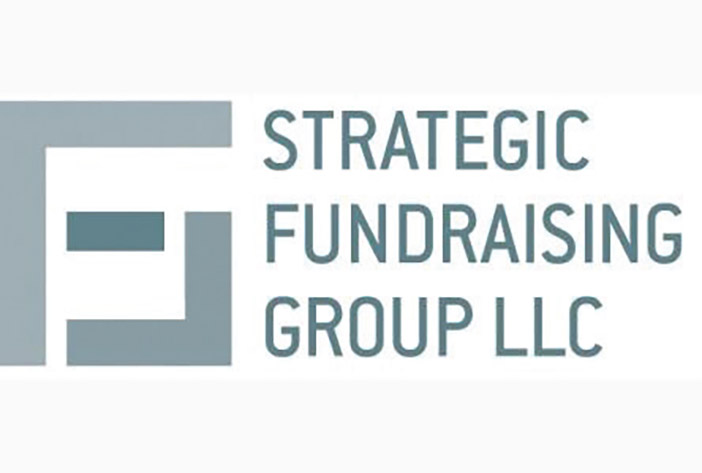
This is not a politically driven column and this month is no exception. However, as a fundraiser, I have been confronted over the years with nonprofits that conveyed a multiplicity of branding messages to donors and I fear this hindered whether a donor chose one charity over another. So, the purpose here is to cut through the smoke and mirrors.
Let’s start with the premise that good marketing and advertising complement fundraising efforts. When a nonprofit is highlighted in various marketing strategies, it generally shines a positive light on the organization. When suitable marketing efforts feature the needs, services or accomplishments of the nonprofit, it adds to the patina needed to make the charity more attractive in the eyes of donors. It can only help.
The problem facing many nonprofits today is that they like to parade a litany of programs or services, which tends to dull the minds of donors. This is not to suggest that these aren’t important or even critical services, but it creates clutter in donors’ minds when a single, clear message is all that needs to get through.
In 1984, a little-known former manicurist and character actress by the name of Clara Peller rose to international fame at age 81 with her far-reaching “Where’s the Beef?” advertising campaign for the Wendy’s fast-food restaurant chain. Everywhere you went, her branding was in full swing. The advertising agency that came up with this trendy catchphrase helped Wendy’s generate huge sales, the exact definition of branding. She cut through all the chatter by competitors and branded the restaurant chain in the minds of consumers. It is well known that when Clara passed away and the campaign ended, Wendy’s went through a severe sales slump.
I also call this approach to branding “The Goodyear Blimp” method. When you look up at the sky and see Goodyear or Fuji blimps, the branding for both companies is reinforced. It is an excellent way to cut through the clutter of competitors and solidify the products sold by Corporate America in the minds of consumers. These advertising blimps, which are often featured on television, at sports events above stadia or even over crowded beaches, are designed with the intention of branding products with the masses.
This brings us to President Trump. Whether you like him or not, the genius of his “Make America Great Again” campaign slogan continues to reverberate even now several years after the 2016 political campaigns and election. It is indisputable that his branding campaign resonated with tens of millions of Americans who liked this message. His newest motto for the 2020 election of “Keep America Great” seems to charm the middle class just as effectively as MAGA. Political campaigns are often won or lost depending on the efficacy of a catchy mantra or jingle.
So, what are the lessons to be learned from a successful branding campaign?
Don’t try to confuse donors by converging an array of services and programs. You always will have opportunity to focus on individual services, albeit at the right time. But, if in your marketing and advertising you spend time and space clustering a “list” of your services, keep in mind that this tactic may puzzle donors about your mission and detrimentally impact fundraising.
Keep your mission statement simple. Use the KISS method. Don’t overwhelm people with quantity; impress them with quality.
Pictures are worth 1,000 words. The founder of a well-known nonprofit whose pictures always feature a bald-headed child once told me: “There is no mistaking who we serve.” The poignancy of these pictures always touches the heart.
Certain themes project strong appeal with donors. I worked for an amazing nonprofit that served many needs—chronically ill, elderly patients; hospice patients; nursing home patients and residents; folks suffering with Alzheimer’s type of dementia; and so much more. I made a deliberate decision to spotlight the terminally ill. Our fundraising efforts were on target because many folks were emotionally touched by this group or could relate to family who needed hospice care. This also is why organizations such as the American Cancer Society, American Heart Association or Wounded Warriors are successful. Their focus is not dispersed among many causes. It is cause centric.
So, when you consider your marketing and fundraising campaigns, think of a clean, simple message that will brand your organization. Perhaps you can work with a company that specializes in branding.
Are you ready to find the beef?
By Norman B. Gildin
Norman B. Gildin has fundraised for nonprofits for more than three decades and has raised upwards of $92 million in the process. He is the president of Strategic Fundraising Group, whose singular mission is to assist nonprofits raise critical funds for their organization. He can be reached at [email protected].










